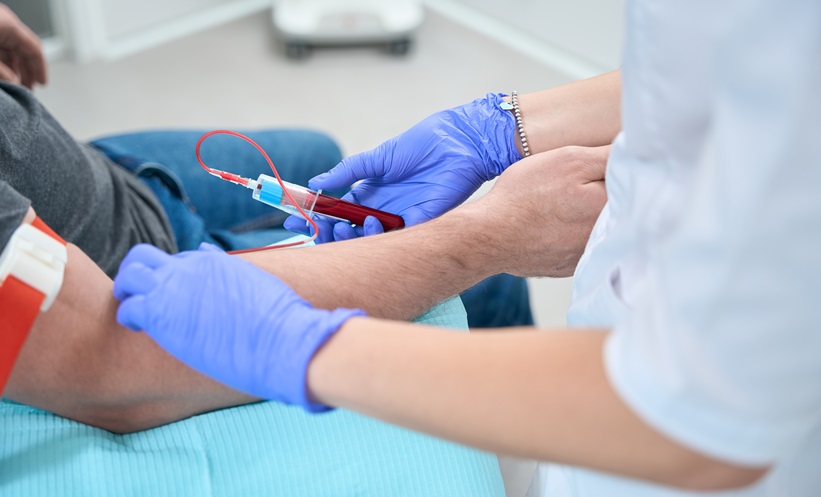MITAPIVAT significantly raised haemoglobin (Hb) levels and alleviated fatigue in patients with non–transfusion-dependent thalassemia (NTDT). This finding from the ENERGIZE study, a Phase III global trial, was presented at the European Hematology Association (EHA) 2024 Hybrid Congress on 13–16 June.
Current guidelines for NTDT highlight the importance of raising Hb levels by at least 1 g/dL to mitigate associated morbidities, including to ineffective erythropoiesis and chronic haemolytic anaemia; however, no oral disease-modifying therapies are approved for β-NTDT, and no agents are sanctioned for α-NTDT. Enter mitapivat, an oral allosteric activator of pyruvate kinase, which boosts ATP production, potentially alleviating metabolic stress and improving health-related quality of life across patients with thalassemia.
The ENERGIZE study set out to evaluate the efficacy and safety of mitapivat compared to placebo in adults with NTDT. This double-blind, randomised, placebo-controlled trial involved adults aged ≥18 years with α- or β-NTDT and baseline Hb levels of 10 g/dL or lower. Participants, randomised in a 2:1 ratio to receive mitapivat 100 mg twice daily or a placebo for 24 weeks, had a defined NTDT status, characterised by receiving no more than five red blood cell units in the 24 weeks prior to randomisation and none within 8 weeks before consent or during screening. The primary endpoint was a Hb response, defined as a ≥1.0 g/dL increase in average Hb concentration from weeks 12–24 compared with baseline.
Out of the 194 patients randomised (mitapivat n=130; placebo n=64), 94.8% completed the 24-week trial. The mean age was 41.2 years, and the mean baseline Hb was 8.3 g/dL. Mitapivat demonstrated significant improvements over placebo in Hb response (42.3% versus 1.6%; 2-sided p<0.0001), average Hb concentration (0.96 g/dL; 95% CI: 0.78, 1.15; 2-sided p<0.0001), and Functional Assessment of Chronic Illness Therapy Fatigue score (3.40; 95% CI: 1,21, 5.58; 2-sided p<0.0026). These benefits extended across all prespecified subgroups. Markers of haemolysis and erythropoiesis also improved, supporting mitapivat’s proposed mechanism. Safety profiles were comparable between groups, with 82.9% of mitapivat-treated patients and 79.4% of placebo recipients experiencing treatment-emergent adverse events (TEAE). Common TEAEs with mitapivat included headache, initial insomnia, nausea, and upper respiratory tract infection. Serious TEAEs were infrequent and unrelated to the treatment.
The results from this study demonstrate that mitapivat significantly raises Hb levels and alleviates fatigue in NTDT patients, while also displaying a favourable safety profile. These findings position mitapivat as a potential novel oral treatment for NTDT, addressing both the pathophysiology and health-related quality of life in patients with thalassemia.
Reference
Taher AT et al. (S104) ENERGIZE: A global phase 3 study of mitapivat demonstrating efficacy and safety in adults with alpha- or beta-non–transfusion-dependent thalassemia. Hematology Association (EHA) 2024 Hybrid Congress, 13–16 June, 2024.








